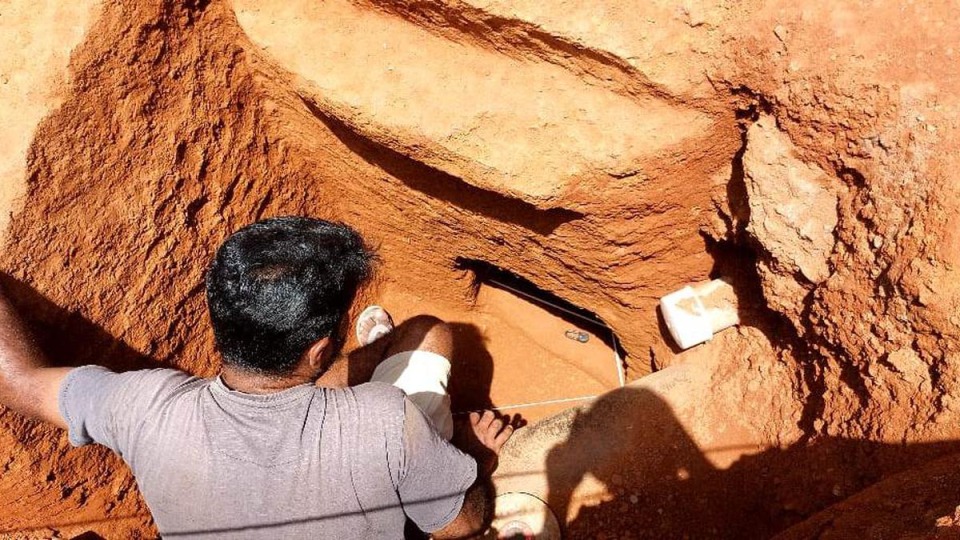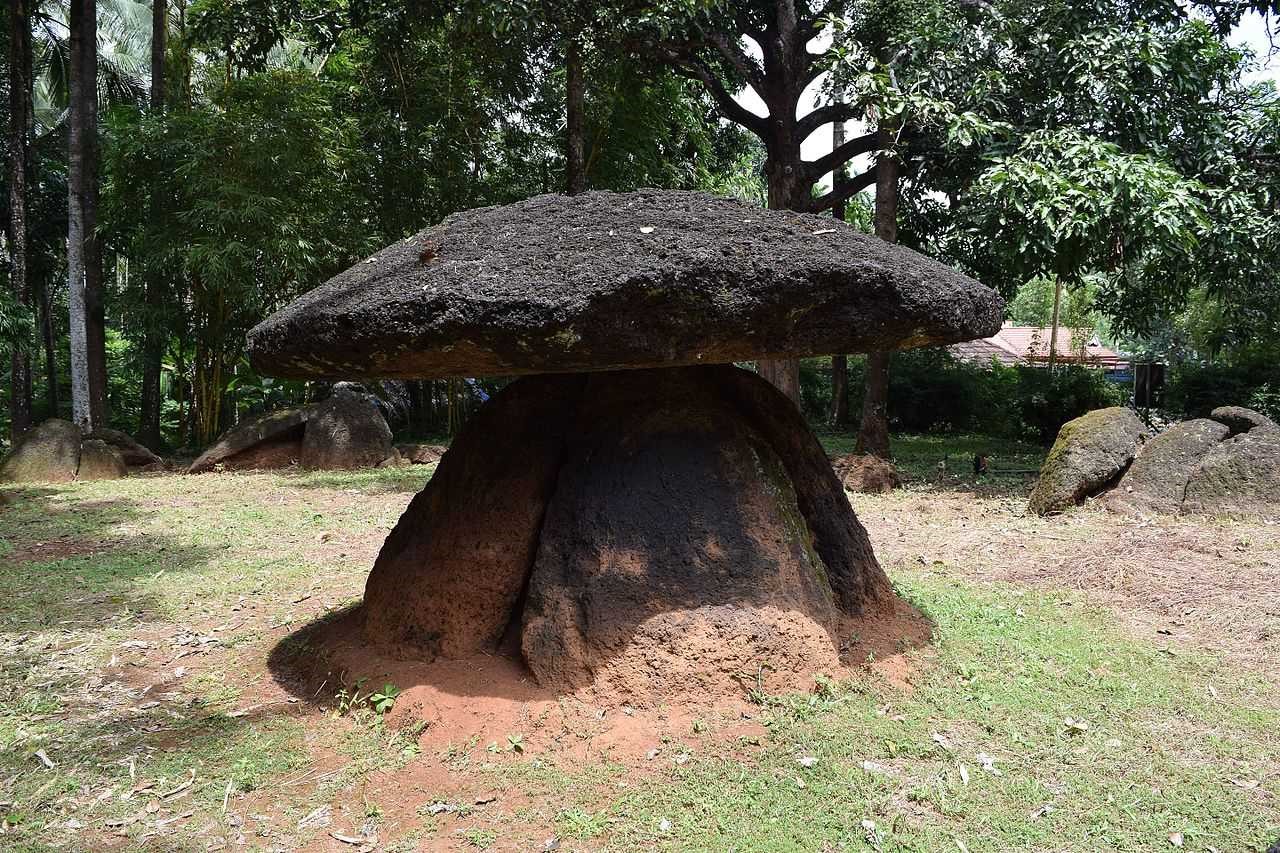Archaic Megalithic Artifacts Found During Kerala Pipeline Construction!
Ancient Megalithic Relics Unearthed During Pipeline Construction in Kerala!
In a remarkable turn of events, a significant collection of megalithic “hat stones,” which are actually hemispherical laterite stones once used to seal burial urns, has been uncovered at a single excavation site. This archaeological endeavor was undertaken by the State Archaeology Department in the vicinity of Nagaparamba, situated within the Kuttippuram village near Thirunavaya, within the district.
Termed “Thoppikkallu” in the local Malayalam language, these hat stones are remnants from the megalithic era and were utilized as covers for burial urns.
Experts in the field have indicated that this might potentially represent the largest concentration of hat stones discovered in an unprotected site within the state. It’s also plausible that numerous hat stones have inadvertently suffered destruction over time due to local human activities. Residents when questioned about these hat stones expressed ignorance about their archaeological significance, revealing that many such stones were inadvertently demolished while clearing land for construction.
Providing deeper insights into the matter, K. Krishnaraj, the archaeologist leading the recent salvage excavation and in charge of the Pazhassi Raja Archaeological Museum in Kozhikode, emphasized the necessity of conducting an extensive survey to meticulously document the findings and the excavation site itself.

Key Megalithic Discoveries Unveiled
The salvage excavation at Nagaparamba yielded an extensive array of megalithic burial sites and artifacts. The involvement of Krishnaraj and his team was prompted by the discovery of an exceptional rock-cut laterite burial chamber during pipeline installation work. Subsequently, a multitude of earthen urns and distinctive iron implements were brought to light, bearing unique characteristics that could potentially illuminate aspects of the lifestyle and culture of inhabitants over two millennia ago.
Krishnaraj further elaborated that the architectural attributes of the rock-cut cave distinguish it from other similar sites, and the artifacts uncovered also stand apart from the customary urns often found in such contexts.
Remarkably, ashes were detected within the pots recovered from the burial chamber as well as beneath the hemispherical hat stones, a feature that Krishnaraj identified as particularly significant.
The local community in the vicinity is abuzz with excitement regarding these findings, especially the remarkable collection of hemispherical hat stones unearthed at Nagaparamba. Some individuals even propose that the government should contemplate acknowledging the historical importance of Thirunavaya, located along the Bharathapuzha riverbanks, and designate it as a heritage village.






